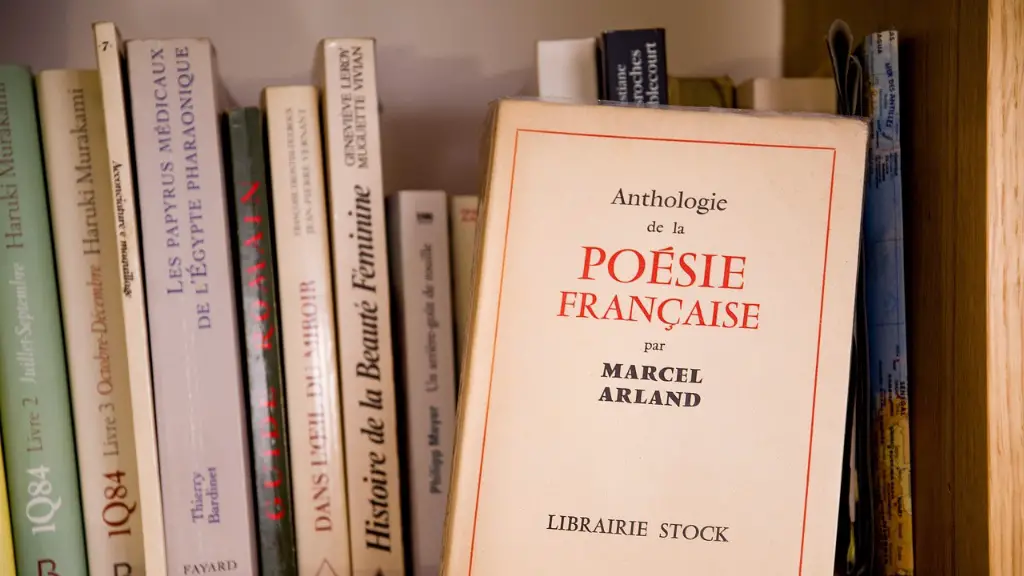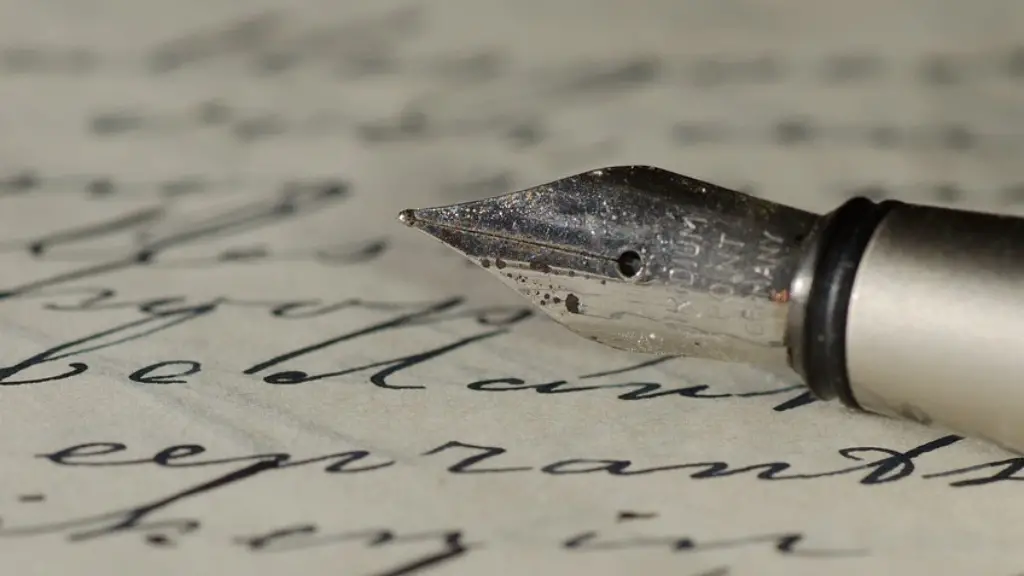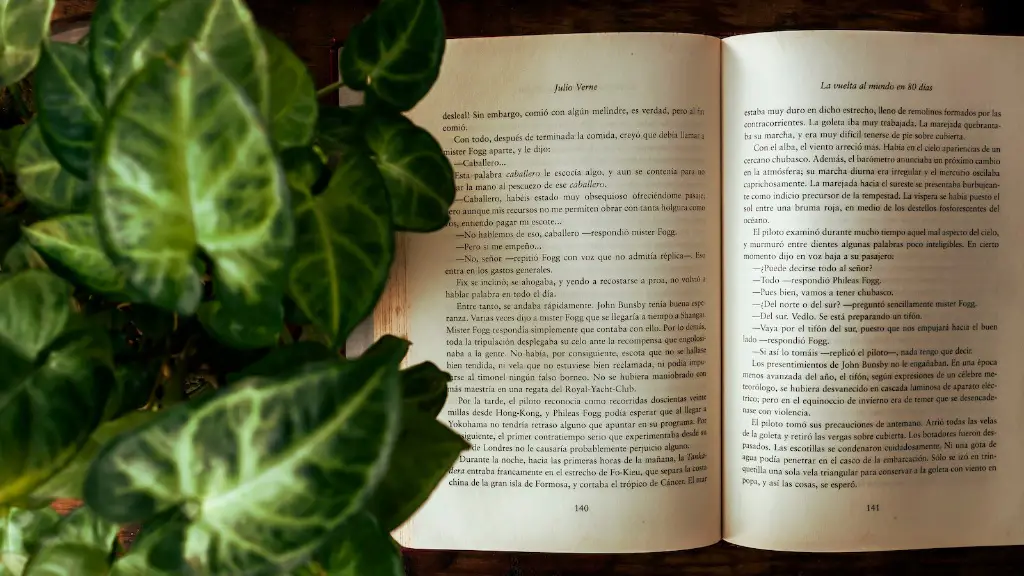Overview of Assonance in Poetry
Assonance is a literary device that is popular amongst poets when writing their works. It is a form of sound play where two or more words with similar vowel sounds are repeated in close proximity to each other. In poetry, it is often used to create a certain cadence or rhythm in the work, as well as to emphasize certain ideas and emotions. The use of assonance can give a poem more depth and clarity, making it more impactful. In this article, we will discuss the meaning and importance of assonance in poetry and how it is used.
Assonance is a form of alliteration, specifically the repetition of vowel sounds, with similar vowel sounds being repeated close to one another in a line or passage of poetry. The use of assonance creates a pleasing sound and serves to link words, ideas or phrases together. It creates a strong emphasis on certain words or ideas and provides the reader with clues as to the meaning and emotional impact the poem is attempting to convey.
In most cases, poets employ assonance to create a certain rhythm or create a specific emotional response. For example, the use of assonance can evoke feelings of nostalgia, poignancy, sadness or joy. By emphasizing certain words, the poet is able to give these words more ‘weight’ and impact. Assonance is also often used to emphasize sound symbolism, whereby the words used evoke a certain sound and can give clues to the nature of the object being described.
In terms of use in poetry, assonance is most often used with consonance, which is the repetition of similar consonant sounds. When used together, assonance and consonance can create a strong and memorable rhythm or cadence in the poem. Used in combination, assonance and consonance can create a pleasing sound pattern in the poem and emphasise certain words, which can be used to create a powerful impact.
Though assonance is often used to great effect in poetry, it is not the only form of literary device that poets can use. Other literary devices, such as alliteration, metonymy and metaphor, can also be employed to create a unique and powerful poem. However, it is the use of assonance that is perhaps the most effective and powerful of all, for it is the repetition of similar vowel sounds, rather than consonant sounds, that creates the most harmony in the poem.
Examples Of Assonance In Poetry
Though it is difficult to provide concrete examples of assonance in poetry, some poets have used it in subtle and effective ways. For example, William Wordsworth’s poem The Solitary Reaper uses assonance to emphasise the sorrow and loneliness of the reaper as she sings her song.:
“The music in my heart I bore,
Long after it was heard no more.”
Here Wordsworth takes advantage of assonance to emphasise the idea that the singer was continually pained by the memories of her song, which was heard no more. This emphasises the loneliness inherent in the poem and creates a strong emotional connection with the audience.
The Power of Assonance in Poetry
The power of assonance in poetry is immense, for it is a tool that allows a poet to take mundane words and turn them into intense feelings. By repeating similar vowel sounds, the poet is able to emphasise certain words and ideas and create a lasting impact on the reader. In addition, the rhythm and musicality created by the use of assonance can often be incredibly sophisticated and powerful.
For this reason, the use of assonance has become increasingly common amongst poets. It is a literary device that is both effective and subtle, and can be used to great effect in creating a powerful and memorable poem.
Assonance And Its Role In Modern Poetry
In modern poetry, assonance is used in order to create a specific effect and to emphasise certain words or phrases. It is also used to create a sense of unity within a poem, and allow the reader to connect with the poem in a more powerful way.
The use of assonance is increasingly popular amongst contemporary poets, as it allows them to create a deeper and more meaningful connection between their words and their audience. The use of assonance allows the poet to convey their emotions and experiences more directly, and this in turn creates a deeper emotional response from the reader.
In addition, the use of assonance allows the poet to evoke a certain tone or mood in their poem. By repetition of similar vowel sounds, a poet can convey feelings of longing, joy, sadness or fear, as well as a sense of mystery. Assonance can also be used to create a sense of tension and drama, adding to the effectiveness of the poem.
Conclusion
In conclusion, assonance is an invaluable tool for any poet attempting to create meaningful and powerful works. It allows for emphasis on specific words, ideas or phrases, as well as the creation of a certain rhythm or cadence. In addition, the use of assonance also allows a poet to create a deeper emotional connection between their words and the reader. It is a technique that should not be overlooked and can be used to great effect in any poem.



